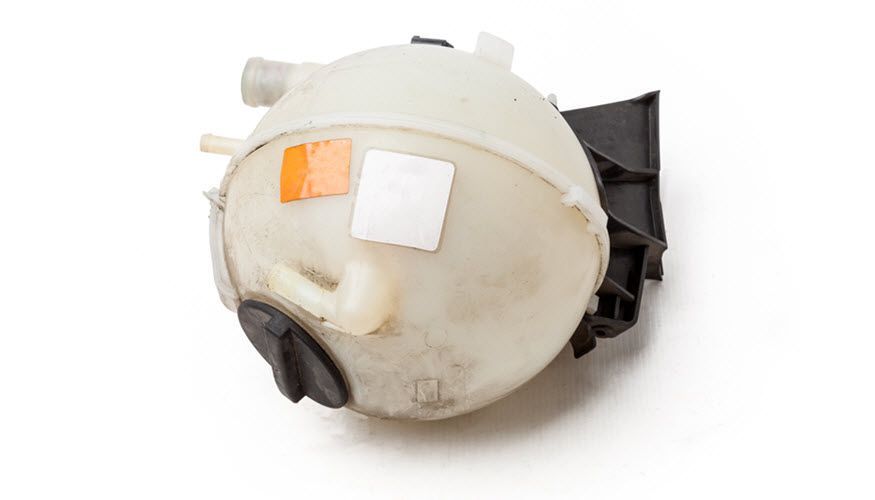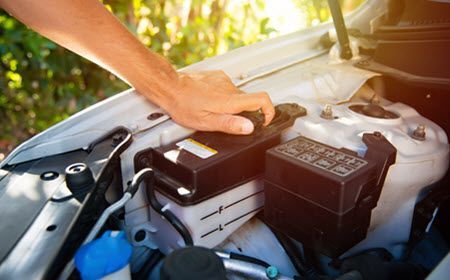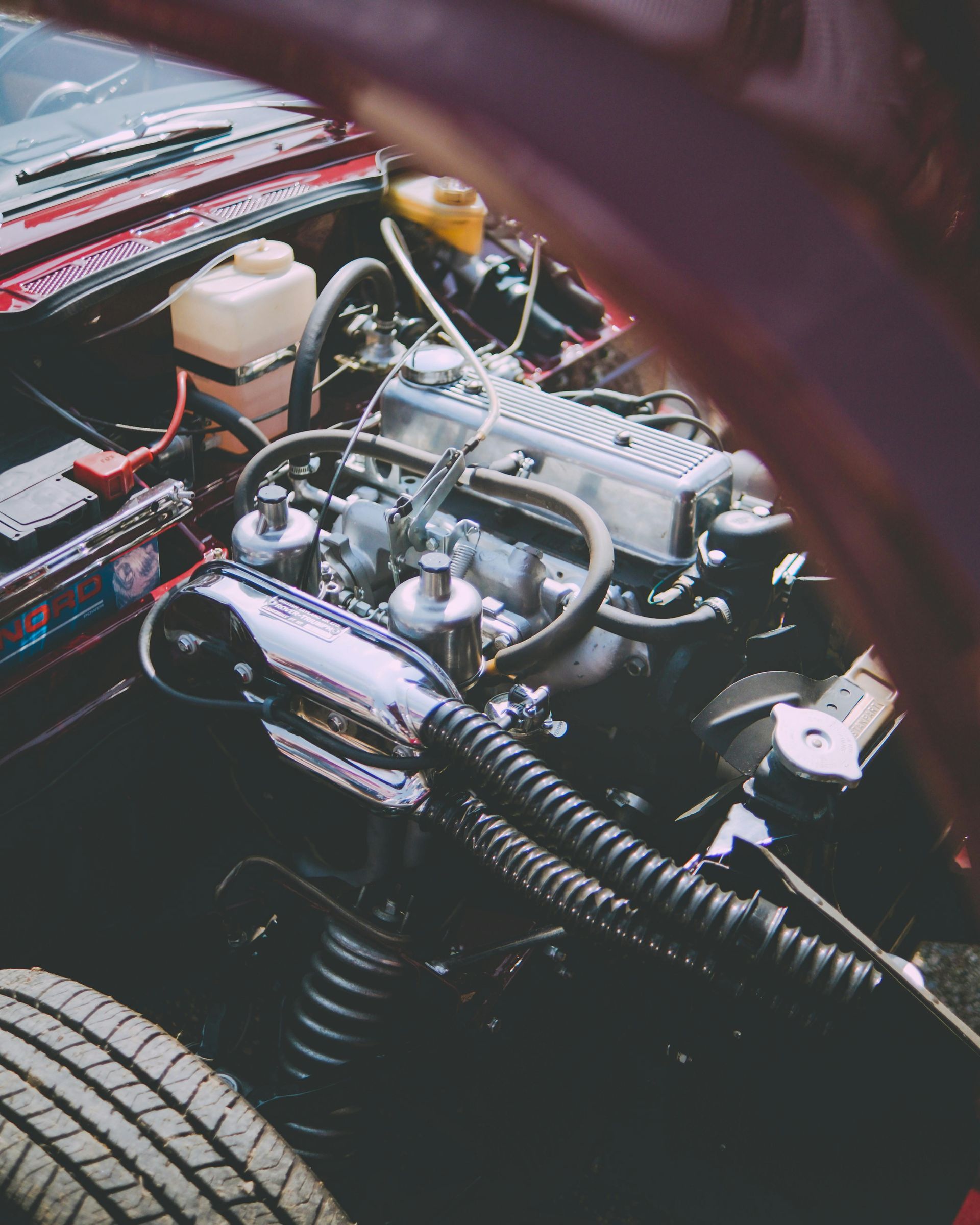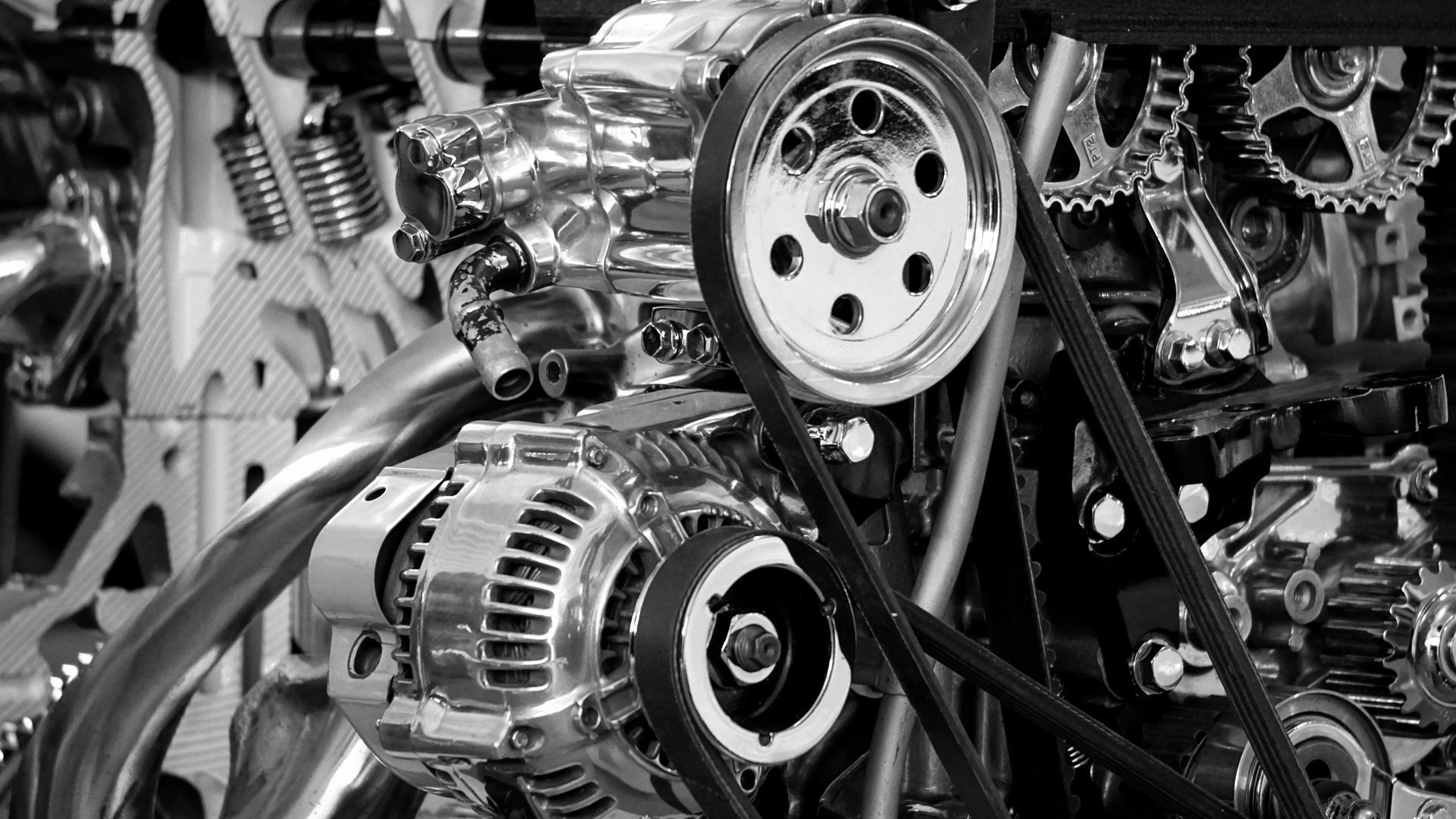Failure of the radiator expansion tank MINI Radiator Expansion Tank Checkcan cause severe issues to your Mini if not detected early enough. Here at Import Specialty Service, we have the expertise to accurately diagnose and repair problems with Minis. If you are experiencing any of the warning signs mentioned above then it is advised to bring your vehicle to us so it can be checked. Our experts have been serving European and Asian car owners in Nashville, TN since 1994 and will make sure that your Mini will remain as cool as a cucumber. Book your next Mini service now!

Is your Mini losing coolant without an obvious leak? If you are always refilling your coolant yet you cannot seem to locate the source of the leak, your radiator expansion tank could be to blame. A crack or break in this cooling system part can result in the slow leakage of the coolant and ultimately result in overheating of the engine . Here is a breakdown of what a radiator expansion tank does and the symptoms that you should watch out for to know the tank is failing.
What Is the Radiator Expansion Tank?
Your Mini’s radiator expansion tank is responsible for the performance of the engine cooling system . It stores some amount of coolant when the coolant in the engine increases due to heat or expansion then releases these coolants when the engine temperature has decreased due to cooling. This system assists in regulating the amount and pressure of the coolant to ensure that the engine does not overheat. That is why, if the expansion tank is not functioning properly, your engine could be in a dangerous position.
Signs Your Radiator Expansion Tank Is Failing
- Coolant Leaks: One of the first things that will indicate that your radiator expansion tank is faulty is if you see a leakage of coolant. If you see green or orange colored liquid on the ground under your Mini, then it could be that the expansion tank has a leak. Expansion tanks made of plastic deteriorate with time and often crack up at extreme temperatures leading to leakage of coolants.
- Engine Overheating: If the engine of your car is prone to overheating most of the time, then you might have a faulty expansion tank . The tank is responsible for storing and controlling the amount of coolant and if the tank is faulty then the engine may not receive sufficient coolant to cool it. Overheating can cause more problems to the engine and that is why it needs to be fixed as early as possible.
- Low Coolant Warning Light: Some of the latest models of the Mini brand come with a low coolant light. This light usually means that there is an issue with your cooling system. It could be that the car just needs some more coolant added to the system, but the expansion tank should also be looked at for any signs of leakage or damage.
- Visible Cracks: If you take your car for a service and open the hood to check the expansion tank, you might find that the plastic has developed some cracks or has changed color. These tanks over time become fragile and any sign of a crack on the outer surface is an indication that the tank requires replacement.
What Factors Make Radiator Expansion Tanks Fail?
- Age and Wear: The material used in the construction of the expansion tank is plastic which degrades over time and becomes brittle . This brittleness makes the surface prone to cracking and leakage, especially in older vehicles.
- Extreme Temperatures: Fluctuations in temperature also affect the plastic tank by exerting pressure on the walls of the tank. Your expansion tank may be more likely to fail if you reside in an area that has a very cold or hot climate.
- Poor Coolant Quality: When using the wrong or inferior quality coolant, there might be some chemical reactions that may lead to the deterioration of the plastic used in making the expansion tank. One should always ensure that he or she is using the right type of coolant for the Mini since the use of the wrong coolant will cause early wear of the cooling system parts.











